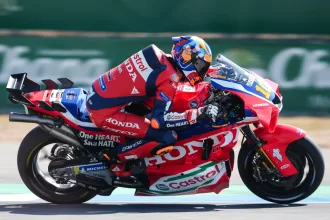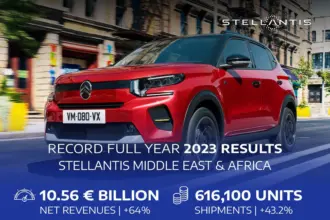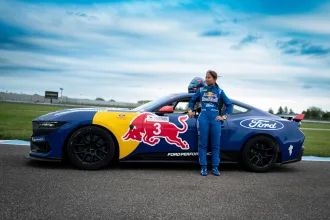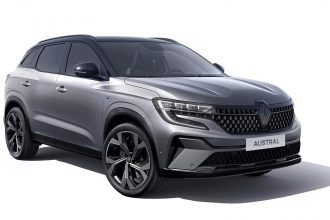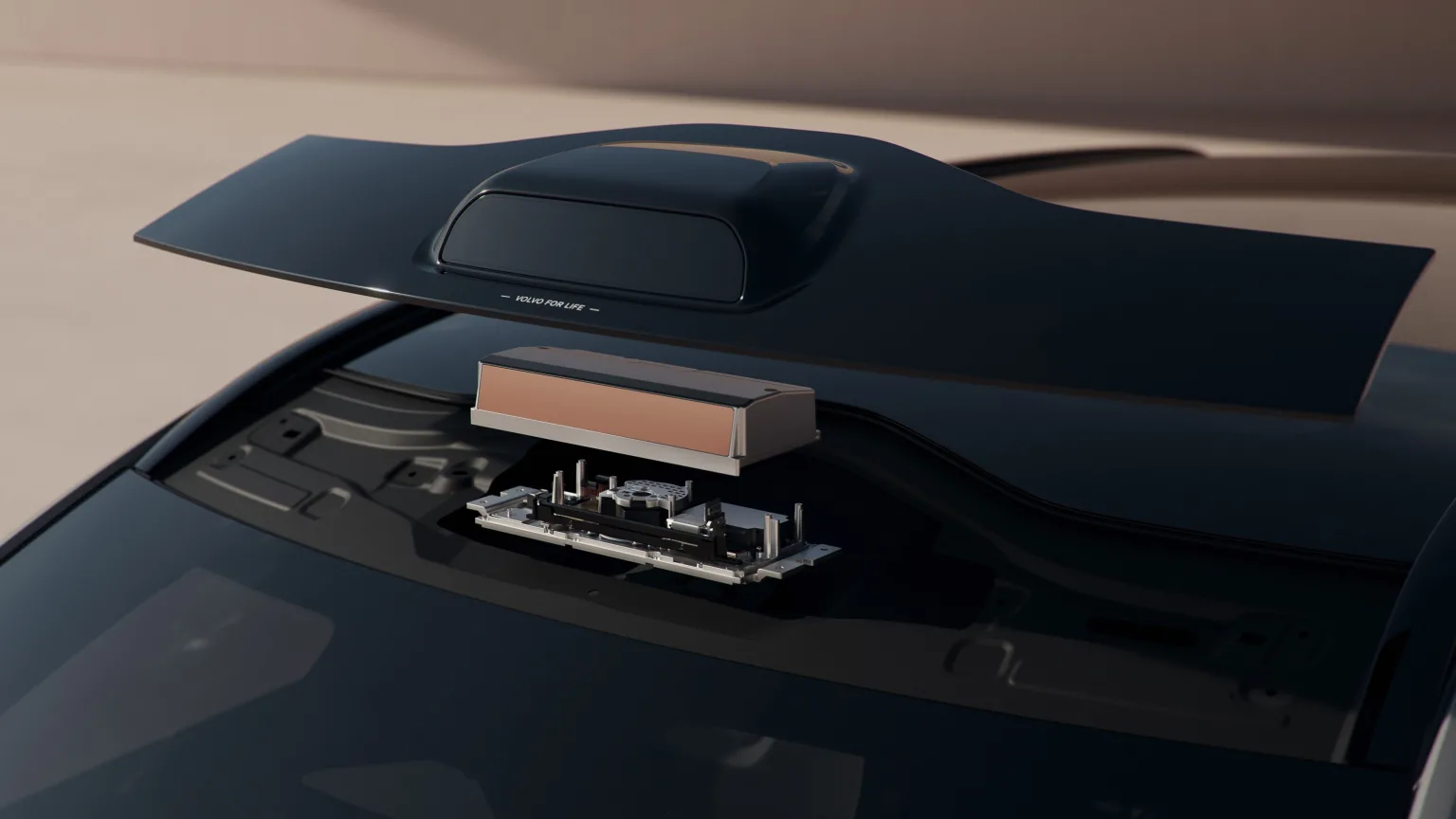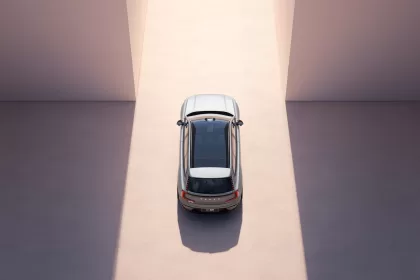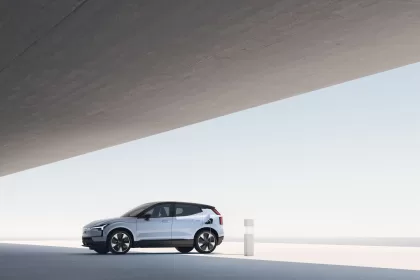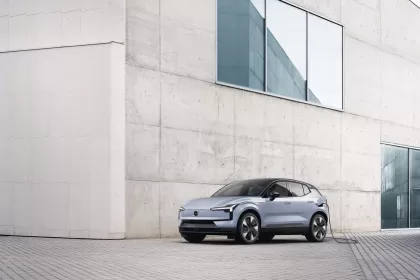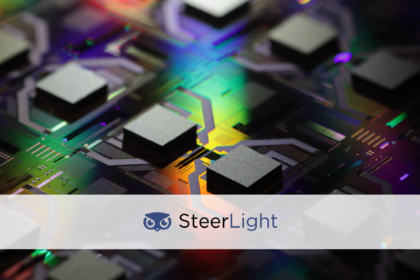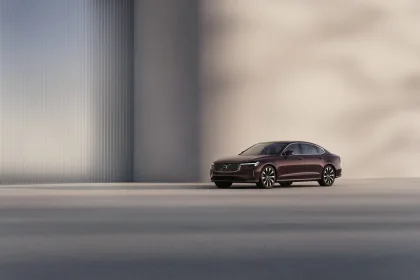- The EX90’s LiDAR system is safe and internationally certified (Class 1 under IEC 60825-1), posing no risk to human eyes under regular use.
- Rare smartphone camera interference can occur when filming the LiDAR at close range, due to how some sensors handle concentrated laser light.
- LiDAR is a core part of Volvo’s next-generation safety technology, helping the EX90 detect hazards at long range – even in complete darkness.
Volvo Cars has long been a global benchmark in automotive safety. With the introduction of the fully electric EX90, that legacy continues through cutting-edge technology designed to protect lives—both inside and outside the vehicle.
Recently, isolated incidents have emerged where close-up photos or videos taken directly of the EX90’s roof-mounted LiDAR sensor have damaged some smartphone camera sensors, such as dead pixels or horizontal lines. This phenomenon is not exclusive to Volvo and is a known limitation of high-precision, laser-based systems across various industries.
Understanding the technology
The EX90’s LiDAR system plays a critical role in Volvo’s next-generation driver assistance platform. Laser pulses create a highly accurate 3D map of the vehicle’s surroundings, identifying objects hundreds of metres ahead – even in complete darkness. This gives the EX90 unprecedented awareness, enabling the car to anticipate and respond to hazards more precisely than ever before.
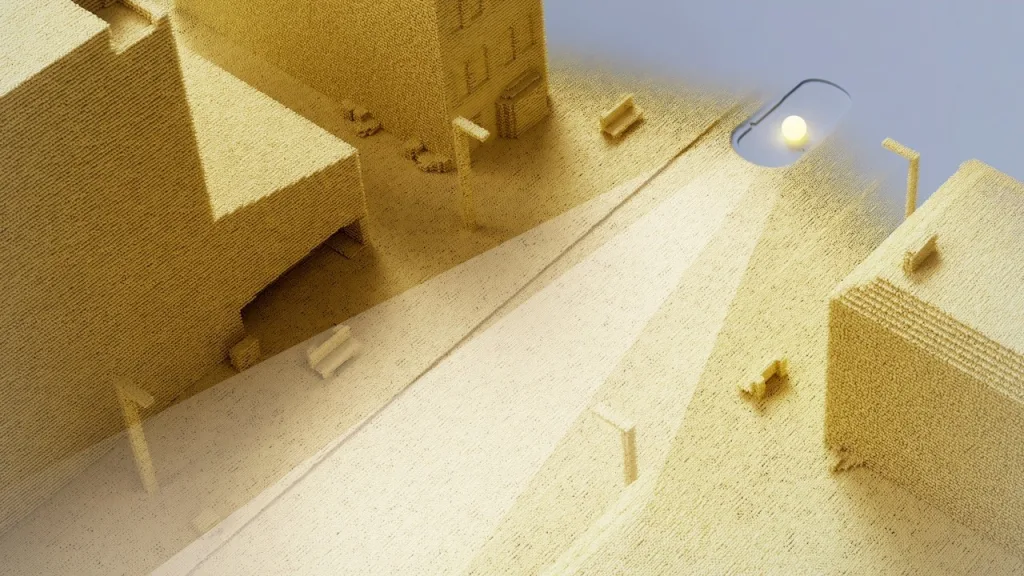
The LiDAR unit is certified as Class 1 under IEC 60825-1, the strict international standard for laser safety. This means it is entirely safe for the human eye under everyday use conditions.
Camera interference is rare and avoidable
While the LiDAR system poses no risk to people, it can—in rare cases—interfere with the image sensors on certain smartphones when filmed or photographed at very close range. This is due to how specific camera modules handle concentrated light wavelengths, and is not a reflection of any fault with the vehicle or phone. Similar effects can potentially occur with other laser-based systems, depending on the design of the camera in use.
For this reason, Volvo recommends avoiding direct, close-up photography aimed at the LiDAR sensor. As a precaution, the company is updating user documentation and working closely with technology partners to raise awareness and offer guidance.
Innovation with a purpose
Including LiDAR in the EX90 is about more than just technology for its own sake—it’s about saving lives. By detecting small objects, unlit cyclists, and pedestrians at long range (even in poor visibility), the system adds an essential layer of intelligence to Volvo’s safety suite. It also plays a role in future autonomous driving capabilities.
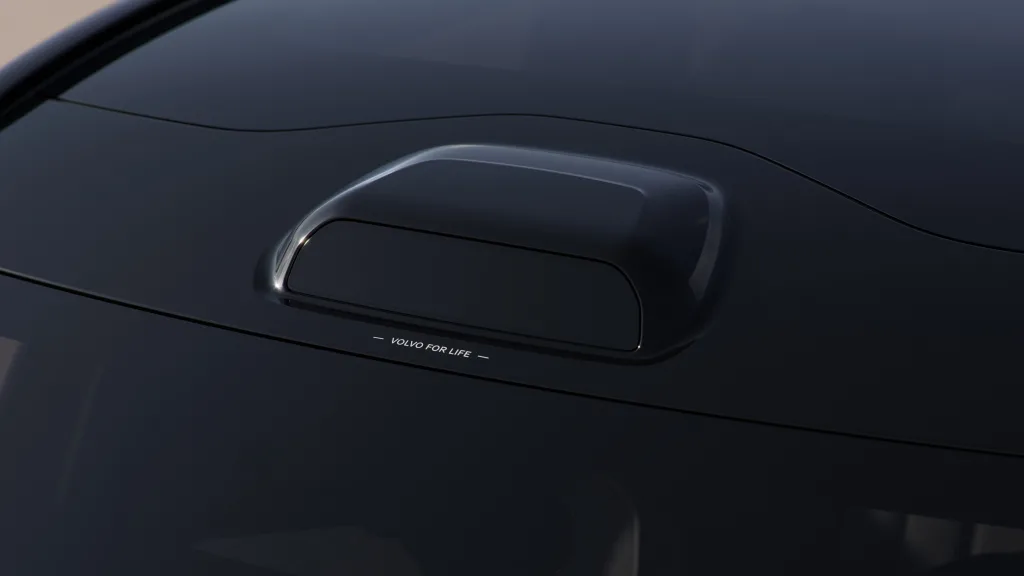
As the first Volvo to be hardware-ready for unsupervised driving in certain conditions, the EX90 represents a new era in the brand’s safety leadership. Like every Volvo innovation, its development has been backed by extensive research, rigorous testing, and global safety certifications.
Volvo acknowledges the concern and takes it seriously. As vehicles integrate increasingly advanced sensing technologies, new interactions with other devices can occasionally occur. What’s important is that these systems are safe, certified, and extensively tested, as is the case with the EX90’s LiDAR.

